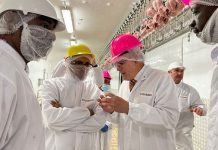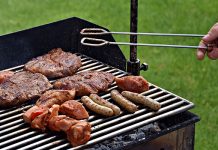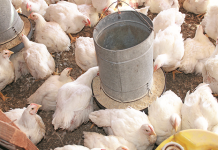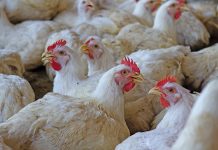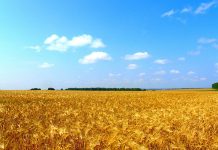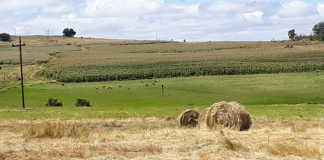In 1820, my ancestor Robert Miles and his wife Anne arrived in South Africa on the Weymouth from Erlestroke near Wiltshire. A weaver by trade, Robert was seeking a better life in the wilds of Africa. According to Wendy Beal Preston in The Story of a Frontier Family, conditions in England were “so bad in the factories that work in them was often attended by great misery”.
Preston goes on to write that from the same county “came a recipe for the curing of bacon which is still used in SA to this day”.
I draw on these references to make the point that SA farmers have always been innovative, and are excellent at adapting to new situations and adopting technology. These days, there are many advanced farming aids out there, and farmers are making this technology work for them. We shall be covering some of this equipment in the next few columns.
On autopilot
GPS technology allows tractors, combines and sprayers to be steered with great precision. ”After the user has told the onboard computer system how wide a path a given piece of equipment will cover, he’ll drive a short distance setting A and B points to make a line,” explains US farmer Brian Scott.
“Then the GPS system will have a track to follow and it extrapolates that line into parallel lines set apart by the width of the tool in use. The tracking system is tied to the tractor’s steering, automatically keeping it on track freeing the operator from driving.”
This allows the operator to save fuel and time by avoiding overlap.
Source: Delhotal Farms YouTube Channel
Irregular lands
It’s with swathe control and variable rate technology (VRT), however, that a GPS really starts paying for itself. On irregular-shaped lands, swathe control closes off the applicator when it enters an ‘overlap section’, thus saving you money. With VRT, says Scott in 12 Most Advanced Agricultural Technologies, “a farmer can build a prescription GPS map for an input. By knowing what areas of a land are most and least productive, the application rate of an input such as fertiliser can be tailored to increase or decrease automatically at the appropriate time.”

